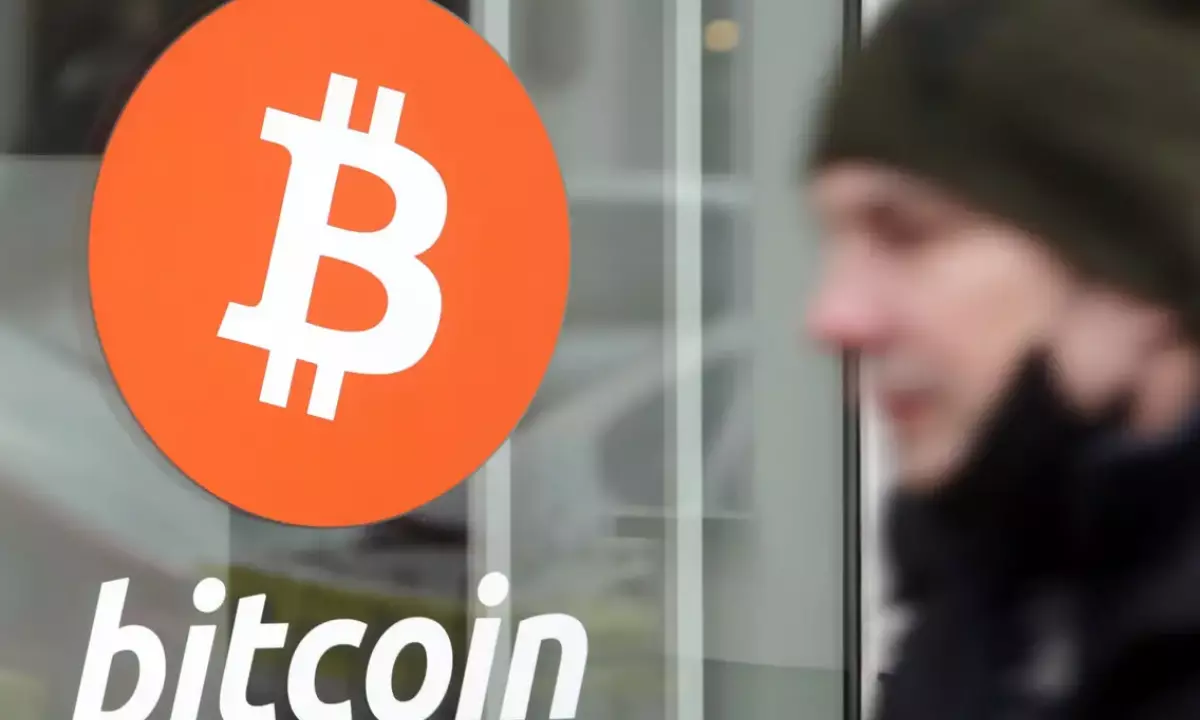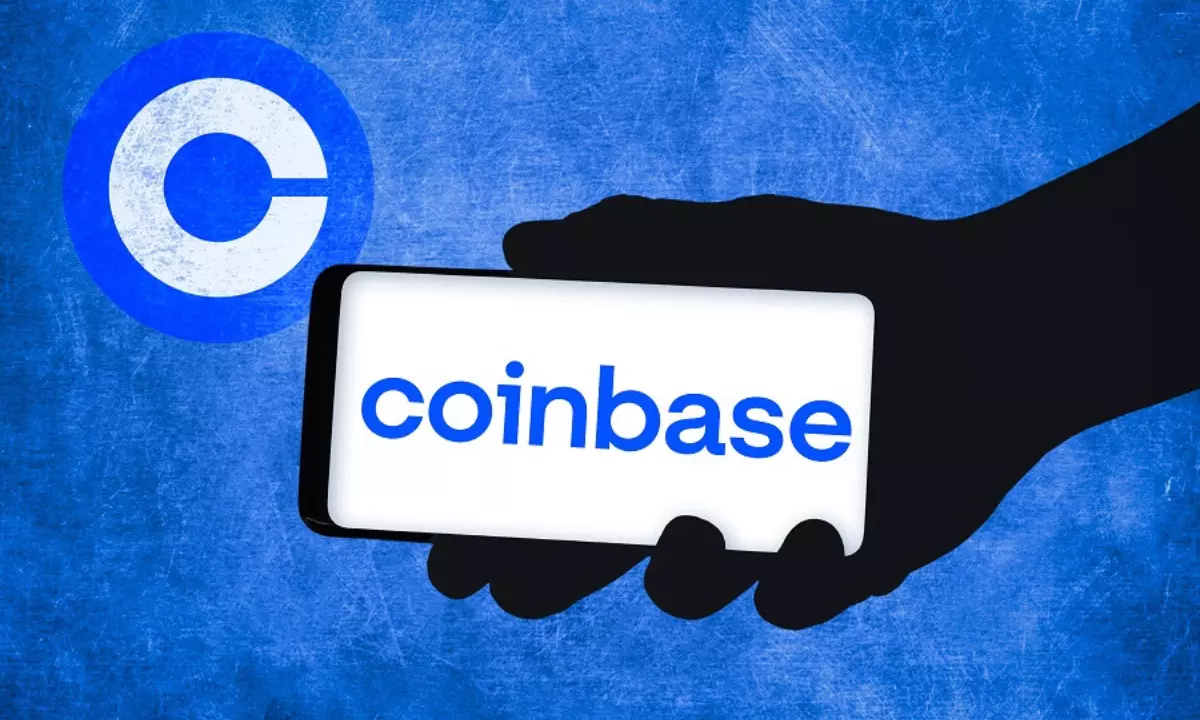
The history of Bitcoin changes as the cryptocurrency space evolves. The positive momentum of the cryptocurrency leader has reversed this year as the market has undergone dramatic changes. There are many factors contributing to the weakness in Bitcoin prices, but a large part of them have to do with rising interest rates in an inflationary environment.
In April, the consumer price index, a standard measure of inflation, rose 8.3% from a year earlier, slightly down from 8.5% in March but still at a record high.
To reduce inflation in the economy, the Federal Reserve is moving towards tightening monetary policy, as evidenced by its recent decision to raise interest rates by 50 basis points, the largest rate hike in more than 20 years. The stock market responded by extending the sell-off, with stocks falling across the board. Cryptocurrencies such as Bitcoin, which are traded under the ticker BTC, have gone hand in hand with them. From the beginning of the year to May 12, the price of bitcoin fell 37% and is down more than 50% from its all-time high in November.
The central bank is expected to continue raising interest rates throughout the year amid expectations that inflation will remain above the Fed’s target. If this happens, it’s worth exploring these topics, what this means for Bitcoin, and how crypto investors can respond:
- Correlation between Bitcoin and the stock market.
- Bitcoin matures.
- How do Bitcoin investors react to interest rates?
Correlation between Bitcoin and the stock market
The impact of rising interest rates on Bitcoin is a recent change in the crypto space. During this period, the price of Bitcoin has been fluctuating. But Bitcoin is not alone. In fact, over the past few months, there has been a high correlation between Bitcoin’s movements and stock metrics such as the S&P 500 and Nasdaq.
Tech stocks in particular have struggled amid rising interest rates. E-commerce giant Amazon.com Inc (ticker: AMZN) fell more than 35% in the year ended May 12, while Apple Inc (AAPL) and Meta Platforms Inc. (FB) fell 18% over the same period. down more than 42%. Bitcoin follows this price action. The cryptocurrency leader has been hovering between $38,000 and $48,000 for several months, but recently dropped below $30,000. This suggests that investors currently view Bitcoin as a “risky” asset.
William Cai, partner and co-founder of financial services firm Wilshire Phoenix, said Bitcoin followed the stock market’s decline, albeit modestly.
Initially, Bitcoin was seen as an uncorrelated asset in the broader stock market. In other words, Bitcoin and traditional assets like stocks and bonds won’t necessarily move in unison or in opposite directions, which could make cryptocurrencies a portfolio diversification tool that can help protect against downside risks in other assets. However, the correlation between stocks and Bitcoin has increased recently, and experts expect this correlation to remain in the short to medium term.
The current economic environment provides a ripe foundation for large swings in risk assets. Bitcoin is accepted as an asset class but is still seen as a riskier asset, like speculative tech stocks. According to Arcane Research, on May 9, Bitcoin’s 90-day correlation with the S&P 500 was 0.633.
“Higher interest rates in the short to medium term may reduce the short-term bullish case for BTC,” said Andy Long, CEO of global digital miner White Rock Management.
But in the long run, Long said, in an environment of higher interest rates, freer money, and the return of quantitative easing, “BTC is the hard currency that’s not going away.”
Bitcoin matures
Bitcoin’s reaction to the Fed’s rate hike action suggests it is performing similarly to the broader market. Although Bitcoin has only been around for over a decade, it is slowly evolving into a full-fledged asset class like stocks, bonds or commodities. It’s not so risky anymore and is a “marginal asset” that investors would liquidate if they were worried about volatility, Cai said.
“You used to see a sell-off in the bitcoin market when people were worried,” Cai explained, but now there’s more acceptance. “Bitcoin has stepped into the risky asset class,” Cai said. Investors will see de-correlation on longer time horizons, but for now, high correlation is a sign that the asset class is maturing, he said.
“This is a positive sign that there is no panic in the underlying technology or the industry as a whole during the price drop,” Cai said.
The underlying asset class and adoption on Wall Street and corporates has been moving nonstop, Cai said, as investors and traders try to figure out the next cryptocurrency move as asset prices fluctuate.
How do Bitcoin investors react to interest rates?
Activity in the crypto market has slowed. Experts say this is mainly due to retail investors reducing cryptocurrencies to suit their risk tolerance. Institutions, on the other hand, have turned to Bitcoin in recent years.
Yubo Ruan, CEO of Parallel Finance, a decentralized lending and staking protocol, said retail investors tend to buy when the market is rising and tend to sell when the market panics. This is a time for retail investors to reduce their exposure — which is the fundamental psychology of the retail market, he said.
Institutions such as hedge funds and crypto-specific venture funds are entering and buying the dip. Ruan explained that some are short-term buyers, but many are long-term cryptocurrency holders who are taking advantage of the market downturn to accumulate bitcoin at a cheaper price.
Nguyen said retail investors need cash flow amid persistently high inflation. Retail investors are emotional, so sometimes they buy bitcoin in large quantities, and then they need money when bitcoin falls sharply, and are afraid of how long it will take the market to recover, so they want to take a risk, Nguyen said.
So what can investors do in this chaotic crypto market?
“The best thing you can do with bitcoin is put it in a box and look at it 5 to 10 years from now,” Long said. Conversely, if you try to guess the market, the market is very good at fooling you, he said.
Looking ahead, Ruan said bitcoin could continue to fall: “We could see a bottom in bitcoin between $20,000 and $25,000, which could be a good rebound area.”
Saznajte više:
-
-
-
-
Pregled kartice Delta Skymiles® Reserve American Express – Pogledajte više.
-
AmEx se fokusira na korisničko iskustvo s novim tekućim računom i redizajniranom aplikacijom
-
Discover it® Nagradne kartice pogledajte kako to funkcionira


